Bowen Technique
 The Bowen Technique is a type of manipulation in natural healthcare medicine. It is named after its Australian founder of this type of physical manipulation, Thomas Ambrose Bowen (1916 – 1982).
The Bowen Technique is a type of manipulation in natural healthcare medicine. It is named after its Australian founder of this type of physical manipulation, Thomas Ambrose Bowen (1916 – 1982).
Bowen Background
Tom Bowen claimed that his method of healing was a, “gift from God” and did not have any formal medical training. Even though he referred to himself as an osteopath, he did not qualify for the title when he applied in 1992 (just one year before his death).
Bowen did not document his technique. Following his death, different interpretations of his practice have become to be known as the Bowen Technique that is practiced today. The technique has been popularized by some of the six men who observed Tom Bowen at work. Oswald Rentsch is an osteopath who was one of these men and his interpretation has become the dominant form even though this has been challenged by others.
It was not until some years after Tom Bowen’s death that the term Bowen Technique was coined. The Bowen Technique goes by a variety of other names including, Bowenwork, Fascial Bowen, Fascial Kinetics, Integrated Bowen Therapy, Neurostructural Integration Technique (NST) and Smart Bowen.
The Bowen Technique
The Bowen Technique is based on the emerging science of connective tissue, primarily fascia. Fascia is a band or sheet of connective tissue, primarily collagen, beneath the skin that attaches, stabilizes, encloses, and separates muscles and other internal organs. The 21st century has brought a new movement of understanding of the human muscular skeletal system and the dominant role that fascia plays in it. Patients of the Bowen Technique are typically clothed and lie on a comfortable massage table or bed.
Bowen Move
The Bowen move involves the moving of soft tissue in a rolling-type movement of the thumbs and forefingers. It is applied at precise points on the body. The Bowen move uses the slack in the overlying skin to move over its underlying tissue. Each move covers a small, specific area of the body that is defined by how far an individual’s skin can move over a targeted area.It is designed to stimulate the tissue and nerve pathways, creating a focus for the brain. The Bowen Move is distinct to other forms of osteopathic treatments.
The Pause
A significant part of Tom Bowen’s practice was to leave a client alone in the practice room for a few minutes after just a few Bowen Moves. This allows for the body to rest for a few minutes which initiates the process of repair. When Bowen returned to his clients after a few minutes of rest he would check to see how the body had responded and then determine what other moves, if any, needed to be performed. In today’s practice of the Bowen Technique, the lengths of breaks will vary from client to client, and for different treatments but on average, clients are left for two minutes in between each set of moves. The breaks are a fundamental part of Bowen because this is when the work of the therapist stops and a client’s body starts to do the work on its own. The idea is that the movements are meant to stimulate the body to be able to do the work it needs to do to heal itself.
Many people have found relief for various ailments with the help of the Bowen Technique.
